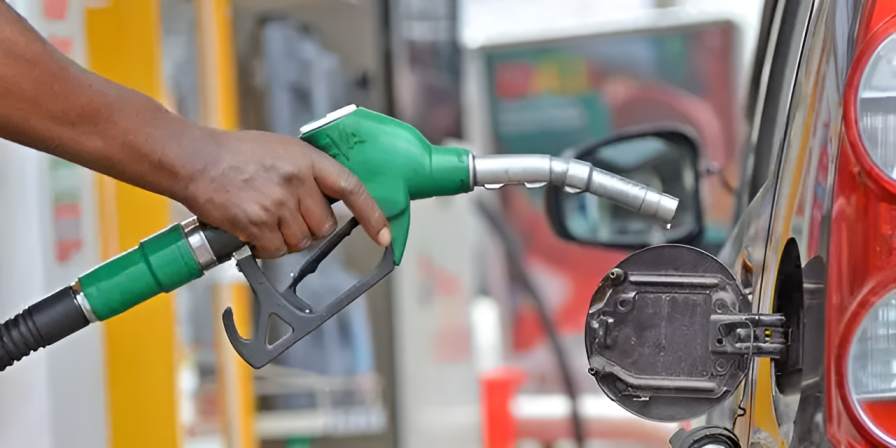Independent fuel dealers have raised the alarm over the possible collapse of their businesses following the Kenya Revenue Authority’s enforcement of the eTIMS system, which officially took effect at the end of June.
The system, aimed at tracking fuel transactions in real-time, has been embraced by larger firms but has left smaller operators on the edge due to the cost of setting it up.
The eTIMS directive requires every fuel station to connect their pumps to a digital platform that records transactions and sends the data to KRA instantly. Customers are then issued with an electronic tax invoice, which is necessary for businesses that need to claim input VAT.
While established players such as Total, Shell and Rubis are already issuing eTIMS-compliant receipts, most small and independent stations have not met the requirement, citing high costs and lack of proper support.
“We basically have the machine connected to a network that is able to see what the machines are selling. Then there's a process that ensures the sales are integrated with KRA’s server so that the receipts are VAT compliant, as required,” said John Ngure, station manager at Rubis.
For big companies with the technical ability and resources, the transition was smooth. But small dealers say the upgrade comes at a cost they simply cannot afford.
Irene Kimathi, who chairs the United Energy and Petroleum Association, says the average cost of installation is more than Ksh 400,000, and in some cases goes up to Ksh 1 million.
“The irony of this is that the people who sit in offices don’t realise that 1 million shillings is a lot of money to Kenyans. Four hundred thousand shillings is a lot of money. They should come up with solutions that work for everyone,” said Kimathi.
KRA says that the cost varies depending on the level of automation already in place and which integration method is chosen. In a response shared with Citizen TV, the tax agency said: “The costs will vary depending on a station's existing system, level of automation, and the chosen integration method. Certified integrators are best placed to assess a station's setup and provide a tailored cost estimate.”
To deliver the system, KRA approved five certified integrators to work directly with fuel dealers. However, most of these firms rely on imported software, which has further raised the cost of integration.
“For small petrol stations, our view is that we are looking for smaller-scale solutions that will be affordable to them. We are also engaging financial institutions that can help spread the payments over time,” said John Kariuki, operations director at Deities Technologies.
The smaller dealers say they are stuck. Fuel prices in Kenya are regulated monthly by the Energy and Petroleum Regulatory Authority, and operators are not allowed to adjust pump prices to recover such additional costs.
“For heaven’s sake, how do we survive? We are looking for investors from outside the country, yet we are killing our very own investors with policies that are not workable,” said Kimathi.
KRA insists it gave the sector enough time to prepare and consult. “Implementation of the eTIMS fuel station system began in June 2024 using a phased approach over a twelve-month period, which included extensive stakeholder engagements and a voluntary pilot phase,” it said in a statement.
While Kimathi agrees that engagement sessions were held, she says they were not productive. “We sit down with them. We tell them the factors on the ground. They go back to their offices, they come up with their draconian laws that they imagine should work, and then they bring them to us,” she said.
With most small dealers now non-compliant and facing possible closure, industry observers warn that rural communities could be hit the hardest as large oil marketers dominate the space once served by independent players.

